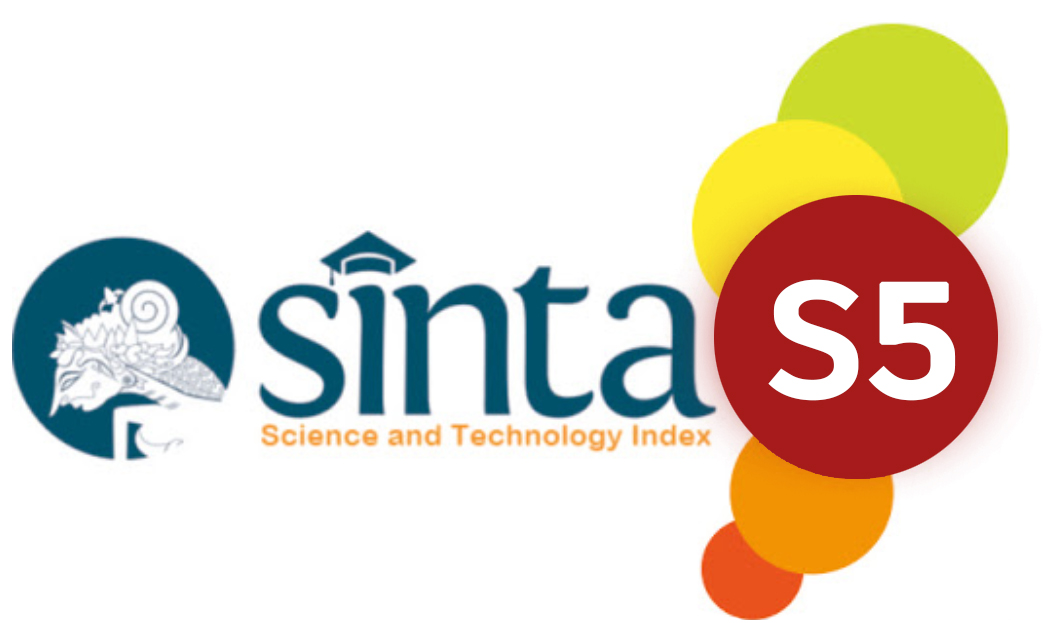HUBUNGAN PEKERJAAN IBU DAN DUKUNGAN KELUARGA DENGAN PARTISIPASI PENIMBANGAN BALITA KE POSYANDU WILAYAH KERJA PUSKESMAS KARANGMOJO I KABUPATEN GUNUNGKIDUL
DOI:
https://doi.org/10.35913/jk.v6i1.112Abstract
Latar Belakang: Posyandu merupakan upaya meningkatkan derajat kesehatan di Indonesia dengan tujuan menurunkan Angka Kematian Ibu dan Angka Kematian Bayi. Partisipasi penimbangan balita di Wilayah Kerja Puskesmas Karangmojo I masih rendah yaitu 57,56%, sedangkan target pemerintah 85%. Tujuan: Mengetahui hubungan pekerjaan ibu dan dukungan keluarga dengan partisipasi penimbangan balita ke Posyandu. Metode: Analitik korelasi pendekatan cross sectional. Populasi penelitian ini ibu yang mempunyai anak usia 12-59 bulan di Posyandu Wilayah Kerja Puskesmas Karangmojo I, pengambilan sampel menggunakan teknik simple random sampling, jumlah sampel 92 ibu. Pengumpulan data menggunakan buku register Posyandu dan kuesioner. Analisis bivariat menggunakan Chi square. Hasil: Responden bekerja (58,7%) tidak bekerja (41,3%), dukungan keluarga tinggi (27,2%) sedang (38%), responden yang tidak aktif penimbangan balita (54,3%). Uji Chi square menunjukkan X² hitung 20,504 > X² tabel 3,841, C=0,426 untuk hubungan pekerjaan ibu dengan partisipasi penimbangan balita ke Posyandu dan X² hitung 29,865 > X² tabel 5,991, C=0,495 untuk hubungan dukungan keluarga dengan partisipasi penimbangan balita ke Posyandu. Kesimpulan: Ada hubungan pekerjaan ibu dengan partisipasi penimbangan balita ke Posyandu dengan keeratan sedang, dan dukungan keluarga dengan partisipasi penimbangan balita dengan keeratan sedang. Saran: Bagi tenaga kesehatan untuk memberikan penyuluhan pentingnya penimbangan balita ke Posyandu kepada ibu balita.
Kata kunci: Pekerjaan Ibu – Dukungan Keluarga – Partisipasi Penimbangan Balita – Posyandu.
ABSTRACT
Background: Posyandu is an effort to increase health level in Indonesia with the purpose is to decrease Maternal Mortality Rate and Infant Mortality Rate. Participation of children under five to weigh their weight to Posyandu of the working area area of Puskesmas Karangmojo I is still low at (57,56%), while the government target is 85%. Objective: To know the relationship between mother’s occupation and family support with participation of children under five to weigh their weight in Posyandu. Methods: It was an analytical correlation with cross sectional approach. Population in this research was mothers who have children aged 12-59 month. Sample of research was 92 mothers taken by simple random sampling technique. Data collecting applies by register book of Posyandu and questionnaires. Bivariate analysis used Chi square. Results: Respondents who work (58,7%) who do not work (41,3%), high family support (27,2%) moderate (38%), not active (54,3%). Chi square test shows X² count 20,504 > X² table 3,841, C=0,426 for relationship between mother’s occupation with participation of children under five to weigh their weight to Posyandu and X² count 29,865 > X² table 5,991, C=0,495 for relationship between family support with participation of children under five to weigh their weight to Posyandu. Conclusion: There is a relationship between mother’s occupation with participation of children under five to weigh their weight with moderate level of closeness, and family support with participation of children under five to weigh their weight with moderate level of closeness. Suggestion: Health professionals are suggested to provide counseling about the importance of children under five to weigh their weight to Posyandu to the mothers.
Keywords: Mother’s Occupation – Family Support – Participation of Children Under Five To Weigh their Weight – Posyandu.









